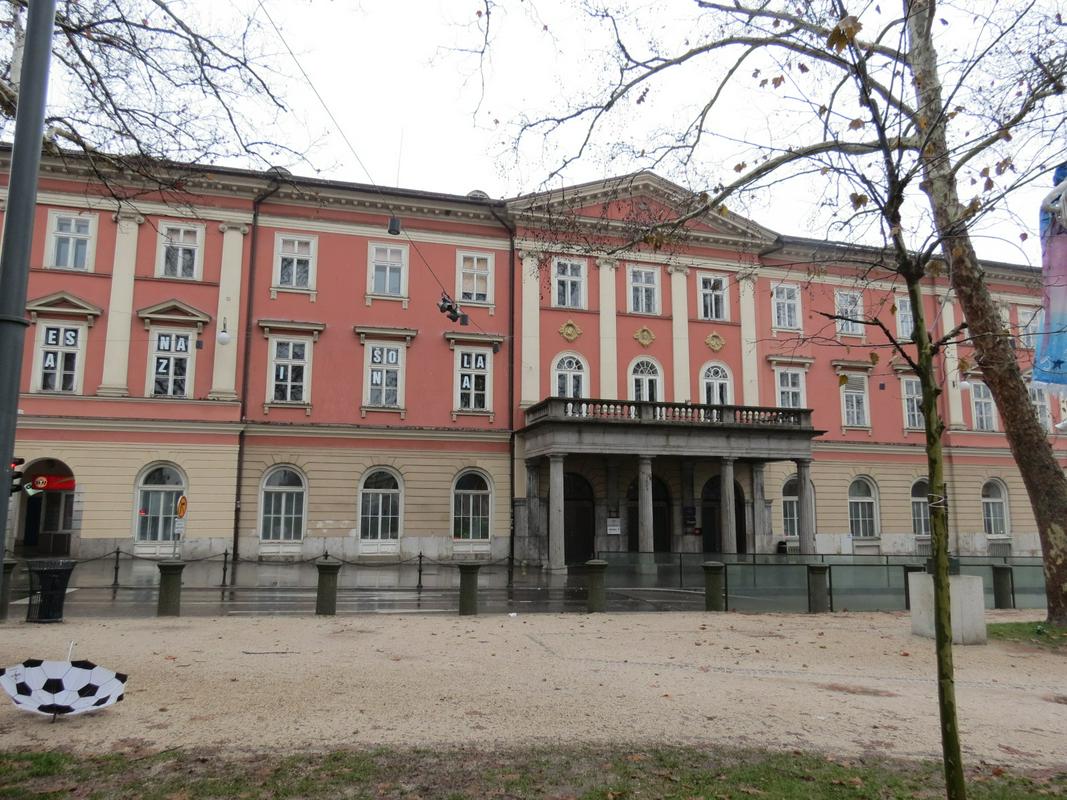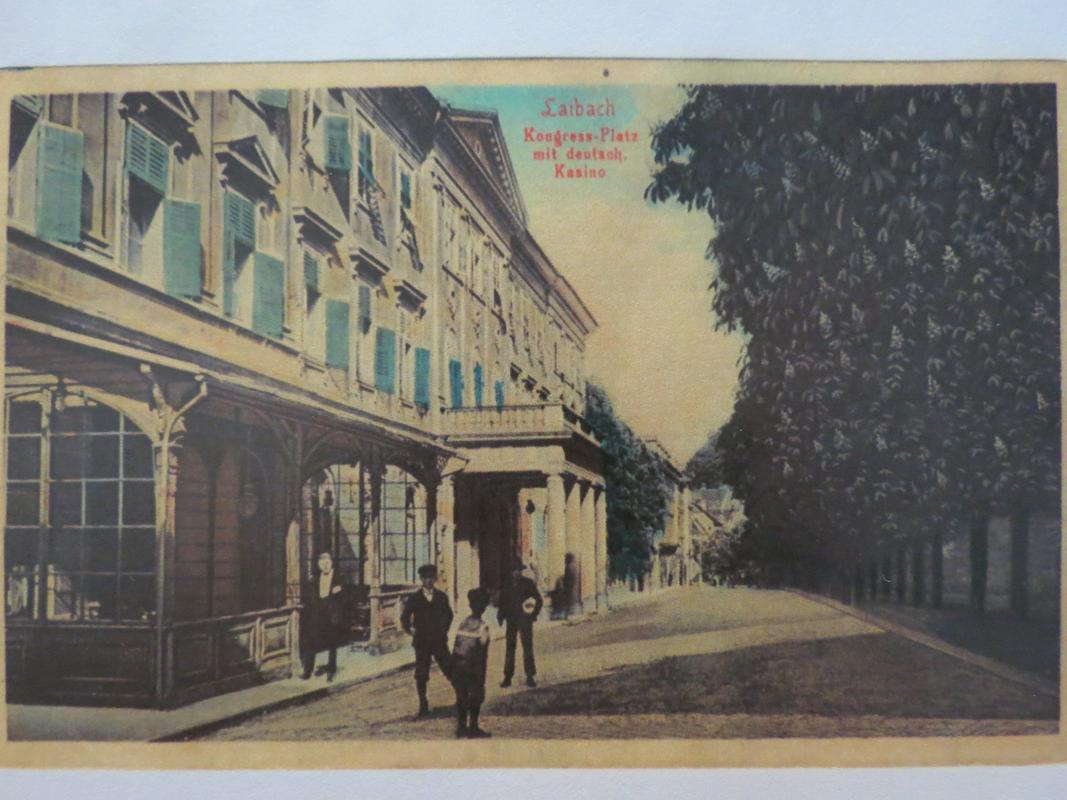

Ljubljana's Kazina (Casino) building is a neoclassical structure that overlooks the city's peaceful Zvezda Park. Its history, however, has been anything but peaceful. For much of its existence, Kazina was ground zero for political turbulence that rocked the Slovenian capital.
Built in 1838 and based on the designs of the architect Venceslav Vadlav, the building originally served the headquarters of the Casino Society. The group had been set up to promote trade and to organize entertainment for the educated elites; the famed Slovenian poet France Prešeren was among its members. Their new Kazina building contained a cafe, a restaurant, a reading room, a billiards room, a meeting place, and a lavishly decorated ballroom that was the envy of the entire town. Some of the facilities were open to the public, while others were reserved exclusively for members.
Eventually, Kazina came to be identified with Ljubljana's German community. The late 19th century was a time of growing tensions between the city’s Slovenians and the Germans, and the building became the site of frequent anti-German demonstrations. In 1903, for instance, a riot broke out after some members of the German community flew German flags from the building. The police had to intervene to calm tensions.
After World War I, Kazina was taken away from the Germans, despite their protests, and became the seat of a liberal political party and a gathering spot for Slovenia’s liberals. It also housed the local automobile and aviation clubs.
Its political history did not end there, however. When Italy occupied large part of Slovenia at the beginning of World War II, Kazina became the headquarters for the hated Italian authorities. From there, the Italian ruled the occupied country and made unsuccessful attempts to crush the Resistance.
After the war, the Casino building briefly served as the Slovenian National Assembly. Nowadays, it houses several government institutions as well as a dance school that carries its name – a reminder of the building’s significance and its role in Ljubljana’s turbulent history.


































































